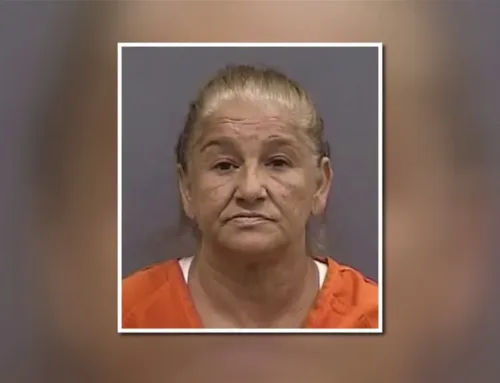By The Canadian Press
Published:June 27, 2021
-CTV
EDMONTON — Every time Sana Chaudhry’s daughter sees her father getting up to pray, the two-year-old toddler picks up a scarf and waddles behind him to the prayer mat.
As she watches her little girl wrap the hijab around her head, Chaudhry says she prays she will be able to practise her faith the same way when she’s older.
“I wish this girl could go out in the world and be this carefree about her religion and her culture,” the 31-year-old psychotherapist said in an interview from her home in Oakville, Ont.
“And then I feel bad because I know that’s not going to be the case.”
Discrimination against women who wear a hijab isn’t new, but Chaudhry and others say they are more fearful as Islamophobia and attacks against Muslim women increase across the country. They say they are navigating between their safety and their faith.
A spokesman at an Edmonton mosque says he’s been having more conversations with women who are trying to find ways to be more vigilant against attacks.
“There’s been an increase (in conversations about) ‘how do (I) continue to be who I am and what are some supports that we can put in place for me to continue to be,”‘ said Jamal Osman, vice-president of the Muslim Community of Edmonton Mosque.
“I’ve had a lot of conversations with other brothers as well. Their wives, their daughters, their mothers have been exposed to various expressions of hatred. But we’re not going to sit idly by and continue to be victimized.”
For example, he said, more women are taking self-defence classes.
Chaudhry said wearing the hijab is a form of worship in Islam. It signifies modesty and beauty.
She made the difficult decision to remove hers in 2016 after twice being assaulted. In the first case, a man ripped off her hijab when she was shopping. In the second, a man came from behind and tried to close a door on her hand as she unloaded groceries in her car.
Chaudhry said she wants to wear her hijab, but her experiences and reports of violent attacks on Muslim women — including at least 10 in Edmonton in the last six months — continue to deter her.
That fear was heightened when four members of a family in London, Ont., was killed in a targeted attack. Two of the women were wearing hijabs when a 20-year-old man drove into the family with his truck. Only a nine-year-old boy survived.
“It’s underlying subconscious fear that seeps into every aspect of your life and it’s really hard to feel safe,” said Chaudhry.
Her friends who do wear hijabs feel the same, she said. “Some of them have told me, ‘When we embrace our hijab, we embrace death.”‘
“We live in a society that doesn’t truly accept Islam or this decision to wear a hijab,” added Nadia Mansour, 18, of Prince George, B.C.
“We live in a society that doesn’t truly accept Islam or this decision to wear a hijab,” added Nadia Mansour, 18, of Prince George, B.C.
While reports of attacks against Muslim women have scared some, Mansour said they haven’t deterred her from her religious conviction.
Mansour points to a Quebec court ruling in April that upheld the province’s decision to ban government workers in positions of authority — including police officers and judges — from wearing religious symbols, including hijabs and turbans, on the job.
“It’s a huge indication for Muslim women who choose to wear a hijab that they are not accepted in our society and that they are different.
“People stare at you. I’ve been bullied in high school for wearing a hijab. I even took it off for a short period of time. But honestly I’m tired of hearing the crap. I actually feel more unafraid. This is my religion and I will defend it.”
Aruba Mahmud, an artist based in London, Ont., said all women are feeling the effects of the recent attacks.
“I am more vigilant. I have fear that’s not going to go away, but I don’t want that fear to start dictating major decision,” she said. “I’m sick of just explaining my existence”
Osman said he’s angry because it shouldn’t be the responsibility of Canadians to keep themselves safe.
“It is frustrating that we have to take things into our own hands and push our so called representatives to meet their commitment to the safety of Canadian citizens,” he said.
“It boils down to the law and, if the law is not able to defend its own citizens, then what kind of a social contract is that?”




